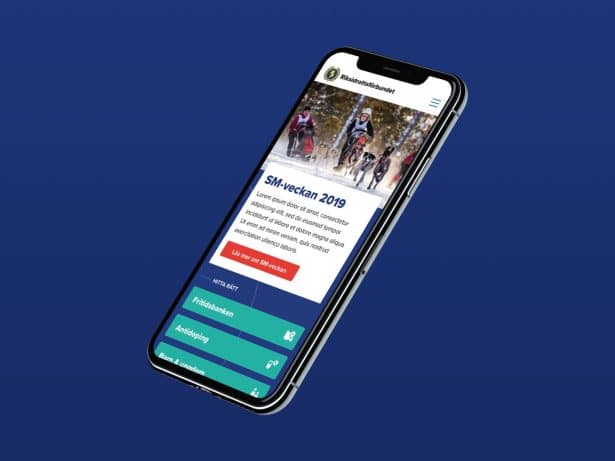Web accessibility - a necessity, not an option
In an increasingly digitalized world, where the internet has become a fundamental part of our lives, web accessibility is not just a luxury - it's an absolute necessity. At Mild, we firmly believe that everyone, regardless of ability, should have the opportunity to access digital services. This is where WCAG 2.1 and the European Accessibility Directive come into play.
What is WCAG?
The Web Content Accessibility Guidelines (WCAG) is a set of guidelines developed by the World Wide Web Consortium (W3C) to make web content more accessible to people with disabilities. This includes everything from visual and hearing impairments to cognitive limitations. WCAG 2.1 is based on three accessibility levels: A, AA, and AAA. Each level sets higher requirements for accessibility, with the AA level often considered a golden mean for most websites.
Examples of areas covered include:
- Ensure that the site is responsive and can be read by screen readers
- Accessible with keyboard
- Sufficient time for reading and use
- Easy to navigate
- Readability and audibility
- Predictability
- Clear error messages if the user makes a mistake on the page, such as in a form
- Sufficient contrast between different elements and text on the page
- Text size and ensuring that text is not embedded in images
- Ensure compatibility with different web browsers
The European accessibility act
The European Accessibility Directive entails a legal requirement for accessibility in digital products and services. The purpose is to ensure that services such as e-commerce, ATMs, smartphones, and other digital products and services meet the EU's minimum requirements for accessibility. Starting from June 28, 2025, this will also apply to the private sector, which is a significant change. Failure to comply with the directive could ultimately result in sanctions.
The minimum level to achieve is WCAG AA 2.1. However, instead of focusing on potential penalties for non-compliance, we believe that attention should be directed towards the potential business opportunities of having an accessible website. By making your website accessible, you open up your content to a broader audience, improve the user experience, and enhance your brand's reputation. Additionally, you promote a more inclusive digital environment, which is beneficial for society as a whol
How is WCAG implemented?
Adapting your website to WCAG may sound overwhelming, but in practice, it’s about taking steps one at a time. At Mild, we have a well-established process to ensure that your websites meet WCAG Level AA 2.1. Learn more about how we can assist you below.


